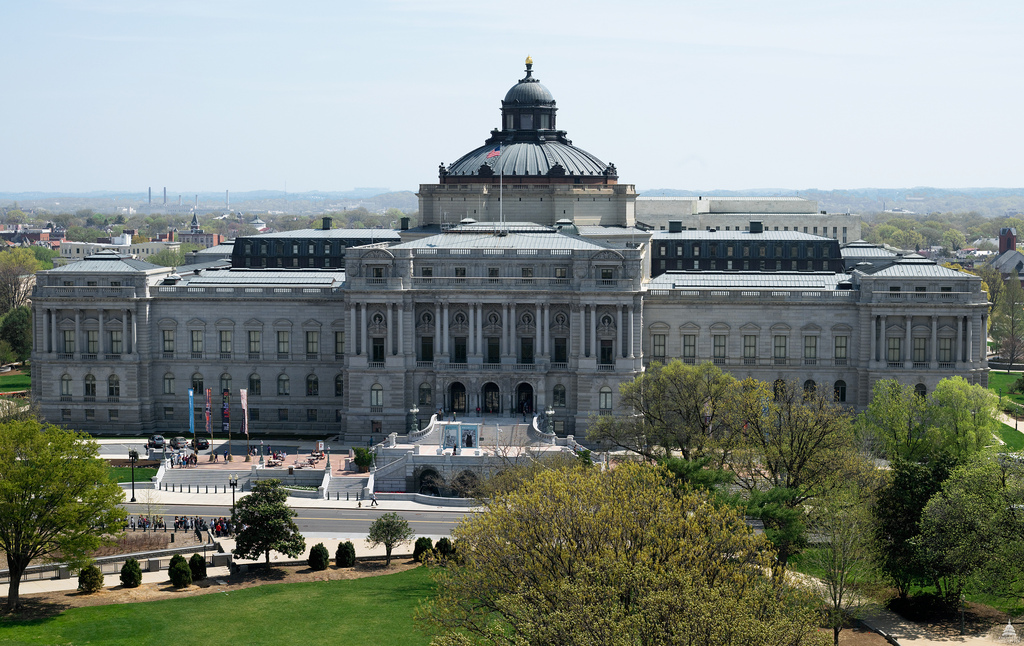Last month the Metropolitan Museum of Art announced a series of partnerships that brought famous works in the Met’s collections to limited edition items from a series of brand partners. This announcement may end up being one of the most important developments for museum open access this year (and it’s been a busy year for museum open access).
Read More...Simulating Firefly Flashes with CircuitPython and Neopixels
Update 10/11/20: I did figure out how to use classes to automatically scale this to n lights! Updated post is here.
Read More...Preserving Glam3D.org
This post originally appeared on the Engelberg Center blog.
Read More...I Do Not Understand Why the University of Tennessee is Hyping its 3D Printed Face Shield
Sarah Goehrke’s recent article on the University of Tennessee’s new ‘patent pending’ 3D printed face shield made me wonder - “what is going on here?” There are a huge number of open source 3D printed face shields out there, and the value of a patent on an ‘innovation’ in the field would probably be pretty small. Why bother paying to get a patent in this case?
Read More...Keep 3D Printers Unlocked
update 6/23/20: a version of this post is now also up on Make
Read More...



